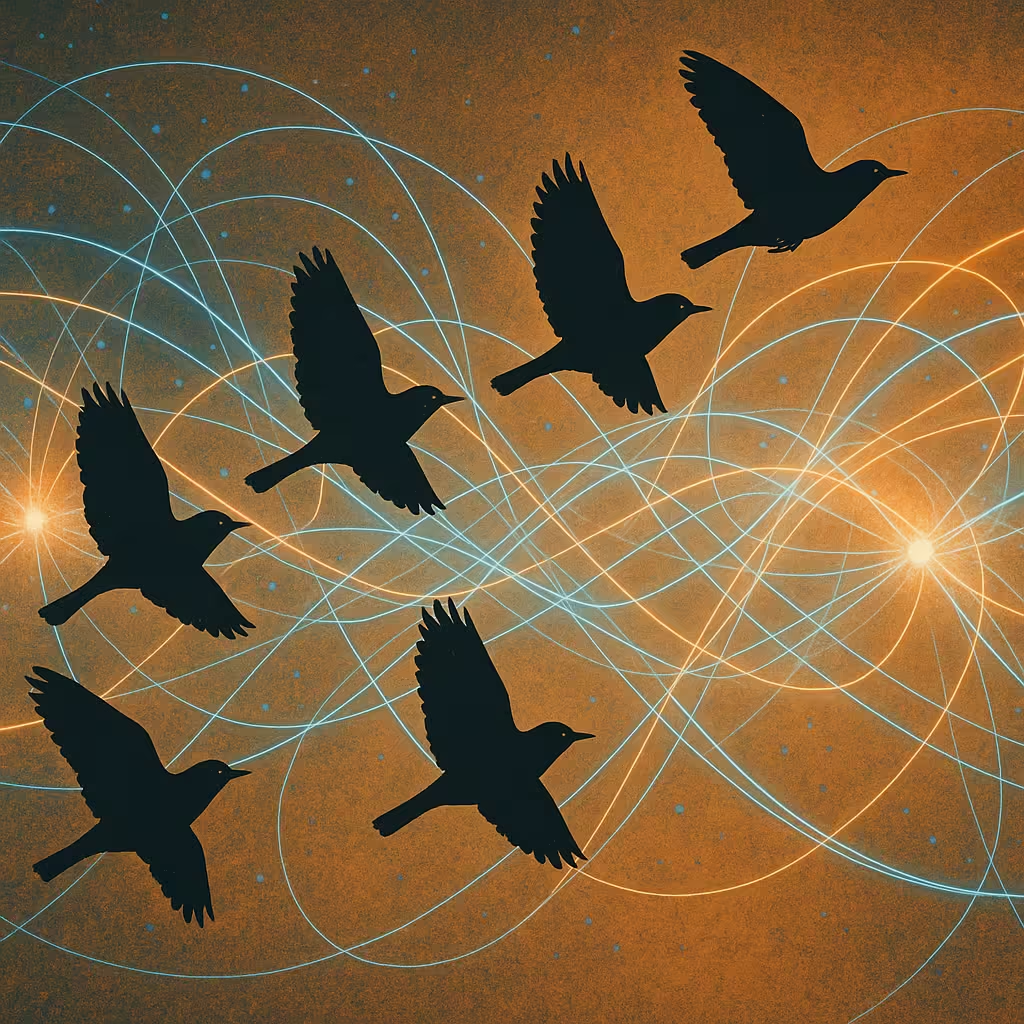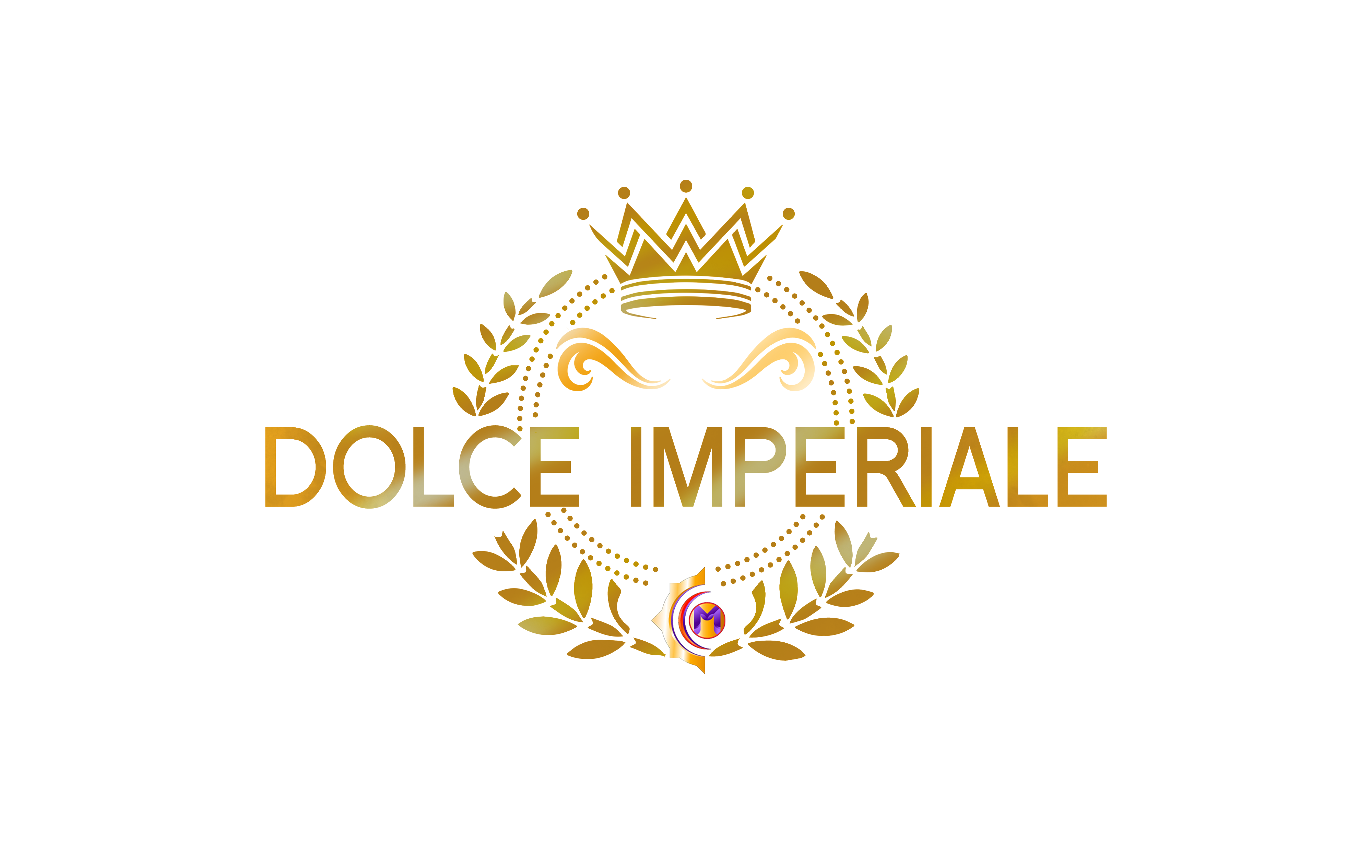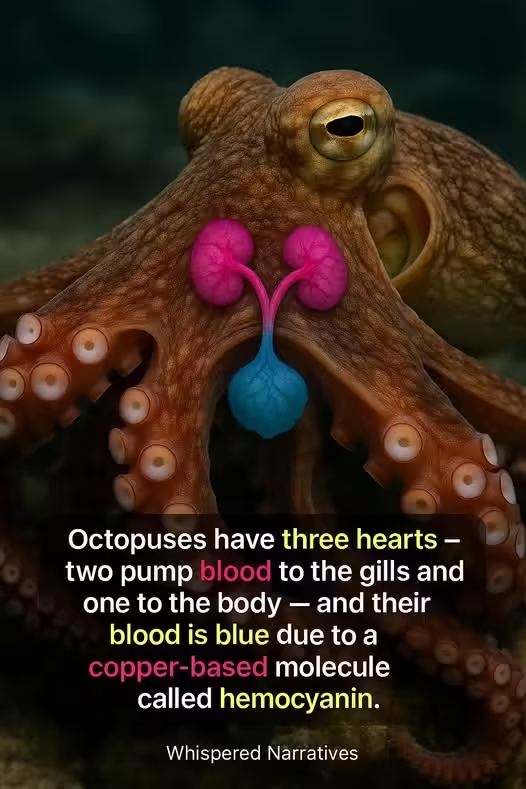
Birds, Quantum Entanglement, and the Mysterious Science of Migration
Every year, billions of birds embark on astonishing migratory journeys, traveling thousands of miles across continents and oceans. From the Arctic Tern’s 25,000-mile voyage between the poles to the tiny Ruby-throated Hummingbird’s non-stop flight across the Gulf of Mexico, these feathered navigators defy logic with their uncanny sense of direction. For decades, scientists puzzled over how birds manage such precise migrations, especially during night flights or over terrain devoid of recognizable landmarks. The answer, as it turns out, may lie not just in biology—but in the bizarre world of quantum physics.
Welcome to the groundbreaking frontier of quantum biology, where science begins to blur the lines between physics and life. At the heart of this mystery are cryptochromes—light-sensitive proteins in birds’ eyes—and an invisible dance of entangled electrons reacting to Earth’s magnetic field. This article explores how birds may literally “see” the planet’s magnetic patterns through quantum mechanics, offering one of the most astonishing insights into animal behavior in recent scientific history.
The Navigational Marvel of Birds
Bird migration is a natural spectacle. Despite their small size, birds like warblers and sparrows migrate thousands of miles twice a year with remarkable precision. Many travel at night, navigating through clouds, fog, and total darkness, often across open oceans and unfamiliar terrain. Traditional explanations such as celestial navigation, olfactory cues, and inherited memory helped explain part of the mystery, but they didn’t account for birds’ consistent ability to reorient when moved in complete darkness or cloudy conditions. Something else was guiding them—something invisible.
Scientists began to suspect that birds possessed an internal magnetic compass, but the mechanism remained elusive for years. That is, until researchers took a closer look—literally—inside the birds’ eyes.
Meet Cryptochromes: Nature’s Quantum Sensors
Cryptochromes are a class of proteins found in the retinas of birds (and many other organisms, including humans). These proteins are photoactive, meaning they respond to light. In birds, cryptochromes are especially concentrated in the eyes and play a vital role in regulating circadian rhythms. But their functions go much deeper.
When birds are exposed to sunlight—particularly blue light—cryptochromes undergo a chemical reaction that leads to the formation of radical pairs: two electrons that are excited and ejected into orbitals, where they spin. Here’s where things get weird. These two electrons are quantum entangled, a phenomenon in which particles become linked in such a way that the state of one instantly affects the state of the other, even over distance. This strange quantum property has fascinated physicists for decades, but in birds, it appears to have a very real biological function.
Seeing the Magnetic Field
As the entangled electrons spin, they are sensitive to the orientation of Earth’s magnetic field. Depending on the direction of the field, the spins shift between different states. These shifts in the spin states change the chemical outcome of the reactions within the cryptochrome molecules.
This reaction produces changes in the retinal signals being sent to the brain, effectively creating a visual representation of the magnetic field. Birds might not “see” magnetic lines as we see colors or shapes, but they likely perceive an overlay or pattern that aligns with magnetic directions—something akin to a heads-up display in their vision.
In short, birds are using quantum physics to see Earth’s magnetic field with their eyes.
The Quantum Compass
This quantum-based navigation system offers many advantages over traditional orientation methods. Unlike magnetic particles (such as magnetite, which some animals also use), the cryptochrome-based quantum compass isn’t thrown off by temperature changes or interference from surrounding rocks and metals. It’s a dynamic, light-sensitive system that constantly updates based on both visual input and Earth’s geomagnetic cues.
It also explains how birds can still orient themselves at dusk, dawn, or under cloudy skies when visual cues are minimal. As long as there’s some light to trigger the reaction in the cryptochromes, the quantum compass remains active.
Quantum Biology: A New Frontier
The very idea that a biological system can exploit quantum mechanics is revolutionary. Quantum entanglement is notoriously fragile—it typically collapses in warm, wet environments (like inside living organisms). Yet birds seem to have evolved a way to preserve quantum coherence long enough to make practical use of it for navigation.
This discovery has opened up the new field of quantum biology, where researchers explore how living organisms might use quantum phenomena to perform otherwise inexplicable feats. There is now speculation that similar mechanisms may help plants optimize photosynthesis or aid animals in olfactory detection.
Quantum biology is still in its infancy, but it’s a field filled with promise and wonder.
A Symphony of Evolution and Physics
How did birds evolve such a sophisticated mechanism? The answer may lie in millions of years of evolutionary fine-tuning. Birds that could orient themselves better survived migrations and passed on their genes. Over time, these visual magnetic sensors became more refined—until they could pick up even the subtlest shifts in Earth’s magnetic field.
What’s truly astonishing is the overlap between two worlds: the mathematical precision of quantum mechanics and the chaotic, adaptive flow of biological evolution. It suggests that life, in its relentless drive to survive and adapt, may be tapping into the very fabric of the universe in ways we are only beginning to comprehend.
Implications for Technology and Science
Studying how birds use quantum entanglement may do more than satisfy scientific curiosity—it could inspire new technologies. Quantum sensors, inspired by cryptochromes, could revolutionize navigation systems, especially in environments where GPS doesn’t work, like underwater or underground. It may also lead to advances in quantum computing, where maintaining coherence is a central challenge.
If tiny birds can master quantum entanglement to find their way across hemispheres, perhaps we can learn to harness the same principles in our own machines.
Final Thoughts: Nature’s Hidden Genius
In the quiet sky, a migrating robin or a soaring swallow might appear to be just another bird on the wing. But inside their eyes, something remarkable is happening—an elegant quantum dance of entangled electrons, reacting to the invisible lines that circle the globe. It is a reminder that nature, in its infinite complexity, often works in ways far beyond our expectations.
The discovery that birds may use quantum physics to navigate is not just a biological insight—it’s a philosophical one. It challenges our understanding of what’s possible in the natural world and highlights how much we still have to learn.
Birds don’t just fly across continents. They do it with a compass built from the strange rules of the quantum world—quietly, invisibly, and perfectly.



